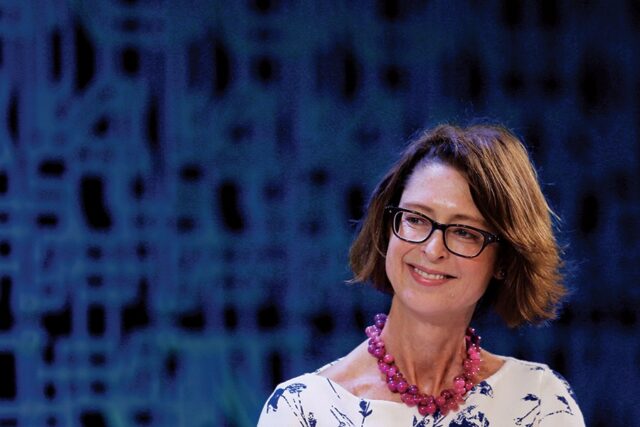
In recent years, there has been a remarkable and empowering shift in the world of trading as women have been making their presence felt in what was once a male-dominated arena. The trading world, known for its high-stakes, fast-paced environment, has traditionally been associated with men. However, times are changing, and women are taking over the trading world, proving their prowess and reshaping the landscape of finance.
Historically, gender disparities have persisted in various industries, and the financial sector was no exception. Trading floors were often depicted as testosterone-driven spaces, where aggressive decision-making and risk-taking were believed to be prerequisites for success. This narrative discouraged many women from pursuing careers in trading, and the lack of representation further exacerbated the issue. However, the winds of change are sweeping through the industry, and women are breaking through these barriers with remarkable determination.

One of the driving forces behind this shift is the recognition that successful trading is not solely dependent on traits traditionally associated with masculinity. While risk-taking and competitiveness are important aspects of trading, they are not exclusive to any gender. Women have proven time and again that their analytical skills, patience, and discipline are just as valuable in the trading world. In fact, studies have shown that women often exhibit more cautious and calculated decision-making, which can be an advantage in the volatile world of trading.
Another factor contributing to the rise of women in trading is the increasing accessibility of information and technology. With the advent of online trading platforms and educational resources, barriers to entry have significantly diminished. Women are no longer confined to physical trading floors, where they might have faced more overt biases. Instead, they can trade from the comfort of their homes, competing on an even playing field. The democratization of trading has opened up new avenues for women to showcase their skills and challenge preconceived notions about gender and finance.

Role models also play a pivotal role in inspiring the next generation of female traders. As more women achieve success in trading, they serve as beacons of possibility for others. Women like Abigail Johnson, CEO of Fidelity Investments, and Kathy Lien, a prominent currency trader and author, have shattered glass ceilings and proven that gender is not a determinant of financial acumen. Their stories provide aspirational narratives for women who are considering a career in trading, signaling that the industry is evolving and becoming more inclusive.
Additionally, initiatives and organizations dedicated to supporting women in finance have emerged, fostering a sense of community and mentorship. These platforms provide networking opportunities, educational resources, and forums for discussing challenges unique to women in the trading world. By cultivating a supportive environment, they encourage more women to take the plunge into trading and empower them to overcome any hurdles they might encounter.

However, it’s important to acknowledge that despite these advancements, there is still work to be done. The gender gap in trading, though narrowing, has not been completely eradicated. Women still face biases and stereotypes that can hinder their progress. Encouraging diversity and inclusivity within trading firms, as well as addressing unconscious biases, is essential for the continued growth of women in the industry.
In conclusion, women are undeniably making their mark on the trading world, challenging traditional norms and reshaping the landscape of finance. Their analytical skills, patience, discipline, and diverse perspectives are proving to be valuable assets in a field that has long been dominated by men. As more women rise to prominence in trading, they are inspiring a new generation to break free from outdated gender norms and embrace their rightful place in the financial world. The tide is turning, and the trading world is becoming a more diverse, inclusive, and vibrant space as a result.














